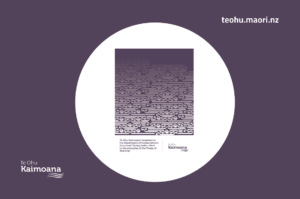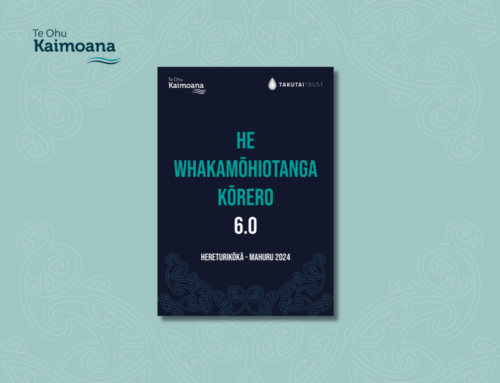Giving better effect to Te Tiriti o Waitangi under Section 4 of the Conservation Act
11 Mahuru 2020
We welcome the partial review of the Department of Conservation’s general policies as a means of better reflecting the Treaty partnership and what it might mean in practical terms – especially for the way Department exercises its functions in relation to fisheries resources and the marine environment.
We work closely with the Department of Conservation in a number of areas, particularly around Marine Protected Areas and marine mammal protection.
In response to the review document, we provided five key areas for consideration. These centre on the Department’s responsibility to a give effect to the principles of Te Tiriti o Waitangi under Section 4 of the Conservation Act.
- Further clarification around DOC’s functions are required in relation to fisheries resources and the marine environment, particularly its advocacy function. It’s important to review how this intersects with the Fisheries Act, and define the waters and resources that will be covered by the review.
- Conservation has different purposes and these are reflected across different Acts. However, conservation proposals should not go ahead where they are inconsistent with Section 4 of the Conservation Act.
- Effective partnerships under Te Tiriti will, amongst other things, help guide DOCs approach to conservation initiatives so that problems and potential solutions are identified early.
- Effective partnerships under Te Tiriti are complex, and in some cases will require implementation at local and national levels. It will be important for the Options Development Groups to develop sound guidance for the Department on key characteristics of effective Treaty partnerships, and how they should be given effect in different circumstances.
- Partnerships with Mandated Iwi Organisations, with the support of Te Ohu Kaimoana, are essential if the Department of Conservation is to carry out its functions in relation to fisheries and marine resources consistent with section 4.
To read the full report, click here.






